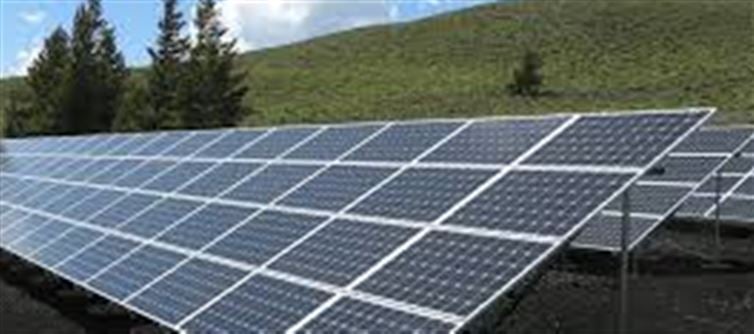
The Surya Ghar Yojana, a government initiative aimed at promoting solar energy usage in India, encourages citizens to install solar panels on their rooftops. One key question that arises is: How much roof space is required to install solar panels under this scheme? Let’s explore the rules and guidelines in detail.
1. Roof Size Depends on Your Energy Consumption
The size of the roof required for solar panel installation largely depends on your energy needs. The more electricity you use, the larger the number of panels needed. Solar panels are generally sized based on wattage, with each panel producing around 300 watts of power. For example:
· Small Household: If your monthly energy consumption is about 150-200 kWh, you may need a system around 3-5 kW, requiring roughly 25-40 square meters of roof space.
· Larger Households: If you consume 300-400 kWh per month, you may need 6-8 kW of solar capacity, translating to about 45-60 square meters of roof area.
2. Ideal Roof Space: Minimum 100 Sq. Ft. per KW of Solar Capacity
A basic rule of thumb under the Surya Ghar Yojana is that you’ll need around 100 square feet of roof space for each kilowatt (kW) of solar capacity you want to install. So, for a 3 kW system, you would require approximately 300 square feet of roof area. The space is required to ensure that the solar panels have enough exposure to sunlight and can operate efficiently.
3. Factors Affecting Roof Size Requirement
The roof size can vary based on several factors, including:
· Panel Efficiency: Modern solar panels are more efficient and can generate more power per square foot, reducing the overall roof area required.
· Roof Angle & Orientation: A roof with a south-facing tilt and an optimal angle (between 20-30 degrees) will allow panels to capture more sunlight, improving efficiency.
· Shading: Roofs with little or no shading from trees or other buildings will perform better, so you may need less space for the same energy output.
4. Roof Type Matters Too!
Different types of roofs may have different space requirements:
· Flat Roofs: These may require more space because solar panels need to be tilted at an optimal angle.
· Sloped Roofs: Typically, sloped roofs are ideal for solar panel installation as they naturally allow for better sun exposure.
· Material of Roof: Lightweight materials (like metal or concrete) can support more panels without compromising structural integrity.
5. Other Important Guidelines Under surya Ghar Yojana
· Eligibility: The scheme is open to residential buildings, including individual homes and apartment complexes.
· Incentives: The government provides subsidies for solar installations, reducing the upfront cost of panels and the necessary infrastructure.
· System Capacity: The maximum capacity you can install under the scheme depends on your roof size and energy needs. For most residential units, the capacity will range from 1 kW to 10 kW.
6. How to Calculate Roof Space for Your Home
To determine how much space you need, consider these steps:
· Assess Your Energy Needs: review your monthly electricity bill to understand your consumption.
· Consult with Solar Installers: Professional solar installers can help you assess the best system size and roof space required for optimal energy generation.
Ready to Go Solar?
The Surya Ghar Yojana offers a fantastic opportunity to switch to clean, renewable energy and reduce electricity costs. Before installing, calculate the roof space based on your energy needs and the factors mentioned above. With the right setup, you can start generating your own solar power in no time!
Disclaimer:
The views and opinions expressed in this article are those of the author and do not necessarily reflect the official policy or position of any agency, organization, employer, or company. All information provided is for general informational purposes only. While every effort has been made to ensure accuracy, we make no representations or warranties of any kind, express or implied, about the completeness, reliability, or suitability of the information contained herein. Readers are advised to verify facts and seek professional advice where necessary. Any reliance placed on such information is strictly at the reader’s own risk.




 click and follow Indiaherald WhatsApp channel
click and follow Indiaherald WhatsApp channel